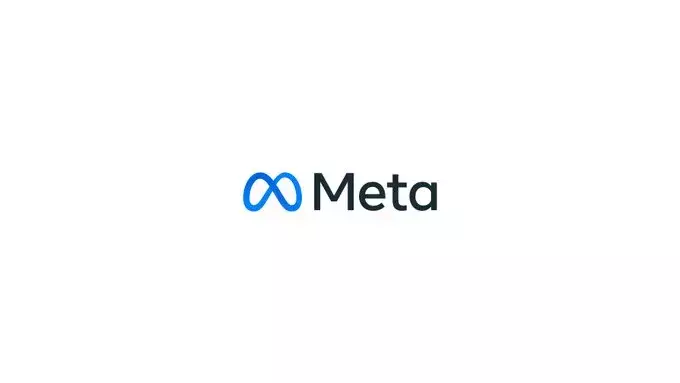The advertising landscape is continually evolving, requiring businesses to adapt their strategies to maintain relevance and effectiveness. Recently, Meta has introduced a new ad option called “Flexible Media,” a tool aimed at enhancing the precision and performance of ad deliveries. While advertisements are the lifeblood of social media platforms, the methodologies behind their presentation are becoming increasingly sophisticated. This article will delve into what Flexible Media entails, comparing it to previous advertising strategies and exploring its implications for advertisers.
Understanding Flexible Media
Flexible Media represents Meta’s commitment to refining its advertising processes through data-driven methodologies. This tool is built upon systematic predictions of user behavior, which ultimately aims to optimize ad performance by allowing for greater variability in the content displayed to different audiences. Such a strategy innately recognizes that a one-size-fits-all approach to advertising is no longer sustainable in today’s digitally interconnected world.
Unlike its predecessor, “Flexible Ads,” which allows advertisers to provide multiple images for a single ad, Flexible Media introduces a new layer. Advertisers can now tailor their media options more dynamically, enabling Meta’s algorithms to determine the most effective combinations of content tailored to specific user segments. Essentially, this offers a more personalized advertising experience that not only enhances customer engagement but also increases potential conversion rates.
Meta’s push for automated solutions like Advantage+ campaigns is indicative of a broader trend within the digital advertising realm: automation as a means to streamline operations and enhance efficiency. With the integration of Flexible Media, Meta is taking automation a step further by suggesting that advertisers relinquish some degree of control over their campaigns. Instead of meticulously selecting every element of their ads, advertisers might now find themselves entering a URL and allowing Meta’s systems to curate the presentation.
This transition could unsettle those who are traditionally accustomed to maintaining oversight on their marketing outputs. The concern here is that surrendering parts of the creative process might make advertisers feel divorced from their campaigns. Yet, it is essential to acknowledge the efficacy of AI-driven targeting. The algorithms that underpin Meta’s ad platform are designed to analyze vast amounts of data, identifying trends and user behaviors that might not be immediately apparent to advertisers. Relying on this technology could ultimately unlock new levels of engagement and market penetration.
Experimentation with Meta’s automated ad options, including Flexible Media, could produce significant benefits for advertisers. The most prominent advantage lies in the potential for improved performance metrics. By allowing Meta’s systems to decide which ad variations to show to which users, advertisers may discover more nuanced insights into audience preferences. This strategy also allows tapping into less-defined segments of the audience that manual targeting may overlook.
Moreover, this innovative approach offers qualitative advantages in terms of time saved. With a streamlined automation process, advertisers can redirect their focus toward strategic planning and creative innovation rather than becoming mired in the minutiae of ad placements. The shifts in audience engagement patterns provide the opportunity to not only analyze data but also reshape the overarching narrative of the marketing strategy.
The Road Ahead: Embracing Change
While the concept of Flexible Media and its parent automated strategies encourages a leap of faith into new methods of advertising, advertisers must remain pragmatic. It is crucial to balance technological advancements with a solid understanding of target audience dynamics. Engaging with these new tools does not imply completely relinquishing control; rather, it opens pathways to leverage data-derived insights and optimize campaigns in ways previously deemed unattainable.
As meta-analytics reshape the advertising landscape, there arises an opportunity to rethink the traditional paradigms that have governed advertising strategies. The success of Flexible Media relies on an openness to adapt and evolve alongside technological advancements. By embracing this shift, businesses may not only improve their advertising outcome but also stay ahead of the competitive curve in an ever-changing marketplace.
While the rollout of Flexible Media may come with apprehensions regarding automation and control, it also signals an exciting evolution in advertising strategy. As businesses seek to engage effectively with their audiences, understanding and utilizing innovative tools such as Flexible Media may prove essential in cultivating meaningful connections and driving exceptional results. The future of advertising lies in the dual commitment to harnessing technology while maintaining a strong grasp of human-centric marketing strategies.


Leave a Reply